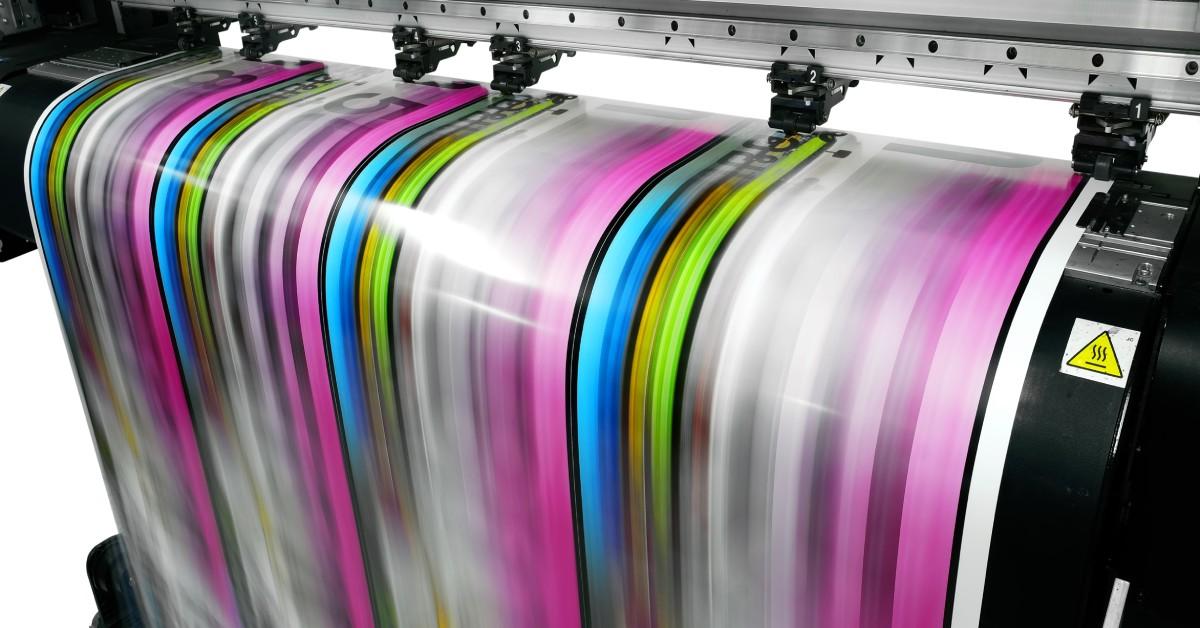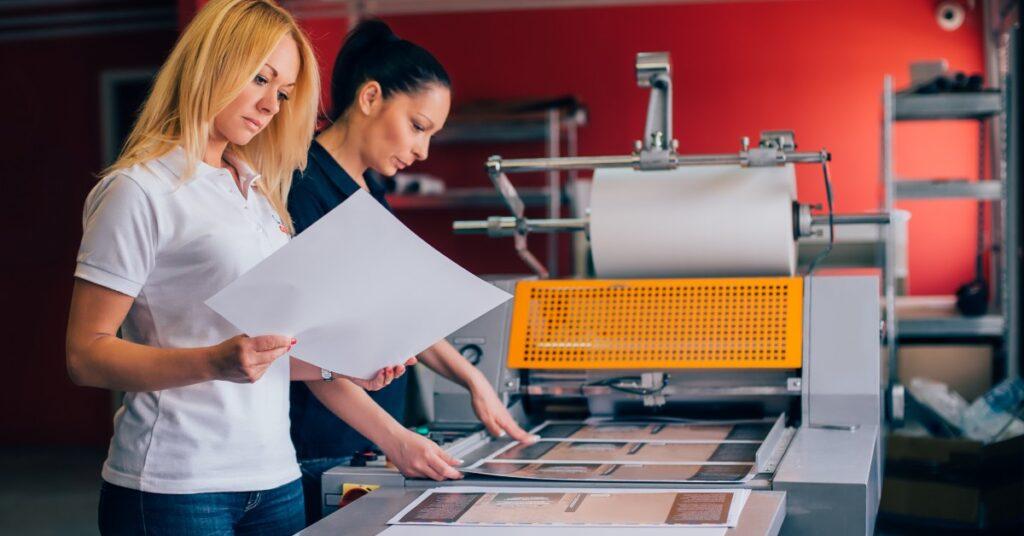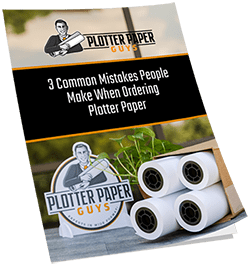Let’s Get Physical
What is physical printing? Wouldn’t all printing be physical? Not exactly. Physical printing is what most people imagine when they think of printing. Traditional printing means the creation of tangible printed materials like fliers, posters, business cards, and brochures through methods such as offset printing, screen printing, or letterpress methods. These techniques have provided great service for many years and produce long-lasting, high-quality printed materials. Countless businesses still favor physical printing for its reliability and quality. Here are a few benefits of this process.
Tangibility and Credibility
Physical printing turns out products you can hold in your hand or otherwise experience physically. Business cards, fliers, brochures, and the like make an impression and create a sense of credibility and professionalism. People also tend to trust physical prints, remember the messaging for longer, and experience a personal and emotional connection with the person who hands it to them.
Greater Quality and Durability
Want superior print quality? Go with physical printing! Offset and other methods create extra-sharp colors and details that look consistent, even across large print runs. The media for physical printing are often of greater quality, as well, helping the prints last a long time and resist wear and tear and other damage. Physical prints also hold up well under rough handling and deliver their message, even under harsh conditions.
No Digital Fatigue
One big advantage physical printing has over digital printing is that consumers rarely feel battered and buffeted by it. Computer, phone, and other device screens are constantly filled with a never-ending parade of ads, images, videos, sounds, and more. This can lead to “digital fatigue” on the part of the viewer, who eventually skips or ignores all ads and communications appearing before them.
Printed materials, on the other hand, are non-intrusive. The consumer can choose to view them, and the messages are less insistent. They stand out and feel a bit more real to the viewer, as well. Direct mail, newsletters, magazines and catalogs, pamphlets, and similar prints allow the viewer to engage at their own pace, preventing them from feeling overwhelmed.
Sensory Experience
Digital media tends to be noisy and flashy, and that’s about it. They catch the eye and ear but rarely leave a lasting impression. Paper and other media have the visual element, of course, but also the tactile. Digital media creates a memorable and more pleasant sensory experience. Digital media leaves consumers feeling out of touch, but physical printing returns that sense of reality!
Digging Digital Printing
The process of creating digital printing is different from offset and other methods. Digital printing is cheaper and faster than traditional methods of printing and employs inkjet and laser printing technology. It’s mostly used for creating on-demand prints, personalized products, and timely marketing materials. Here are a few other benefits:
Cost-Effectiveness
Digital printing costs less than physical printing, especially when it comes to limited runs. While traditional methods demand setup costs and depend on specific and larger print runs, digital printing allows a printer to print a specific quantity without spending extra time and money. This is a big benefit when it comes to updating marketing materials and running only as many prints as the budget allows.
Faster Turnaround
Digital printing lets you quickly meet tight deadlines. When set up and run off quickly, digital printing can happen almost instantaneously! Prints are ready within hours, allowing for last-minute changes and updates, time-sensitive materials, and more.
Customization and Personalization
Digital printing is great for producing personalized materials. You can assign names, addresses, QR codes, and more to different prints. Also, it’s easy to customize marketing materials for clients and customers, creating a sense of connection and greater relevance to them, their careers, and their positions.
Eco-Friendly
Digital printing goes easy on the environment. Limited print runs mean less media used, as well as less ink, electricity, and other materials consumed. Digital printing uses eco-friendly ink and materials and helps you keep stock at reasonable levels, using less storage. Stay sustainable and save money!
Which Is Best for You?
Consider the goals and needs of your business before choosing physical or digital printing. We’ve covered the eight benefits of physical print versus digital print; now, here are a few things to keep in mind before picking one over the other: budgeting, volume, quality, and time.
Physical Printing Pluses
Choose physical printing if the job requires high-quality prints that must hold up under regular and heavy use. Also, physical is best if you need to make an impression. Think packaging, signage, posters, and the like. Physical printing is worth the higher price in the long run because it stands out and has gravitas among quickly printed digital projects.
Digital Printing Pluses
Need a job done quickly and well to hand out or post right away? Digital printing is the right choice. It allows for limited runs of informative but ephemeral materials like invitations, fliers, and personalized items. Digital printing allows you to turn out projects in mere hours (or less)! You can personalize individual pieces to create customer-specific communications and promotional items. Digital printing, if done right, can also put less strain on the environment.
Next Steps
As we’ve shown, digital and physical printing have their benefits and disadvantages. Therefore, it’s wise to keep both in the back of your mind to make an informed decision about using one or the other when the time comes. Need more information about physical printing versus digital printing? Contact us for a consultation. We’ll be happy to discuss the possibilities of both methods, as well as the equipment and materials you’ll need to see your vision through. We offer everything from 24lb bond paper to wide-format printers. Reach out to us today. We look forward to speaking with you!






